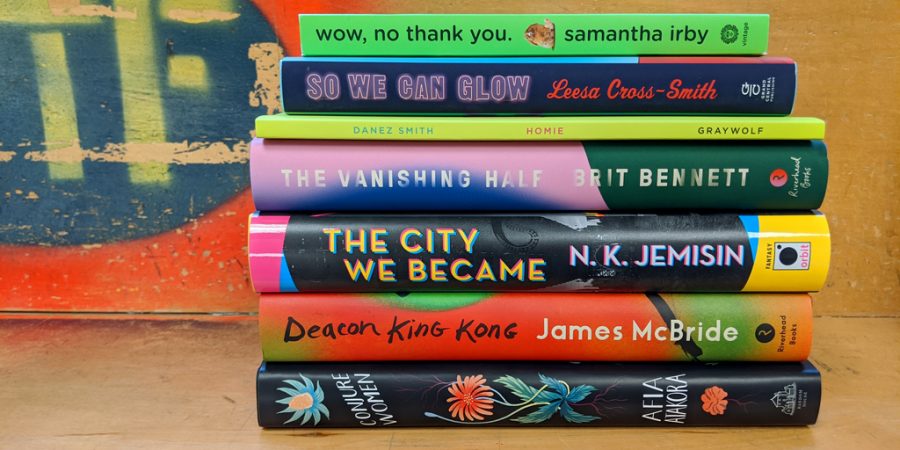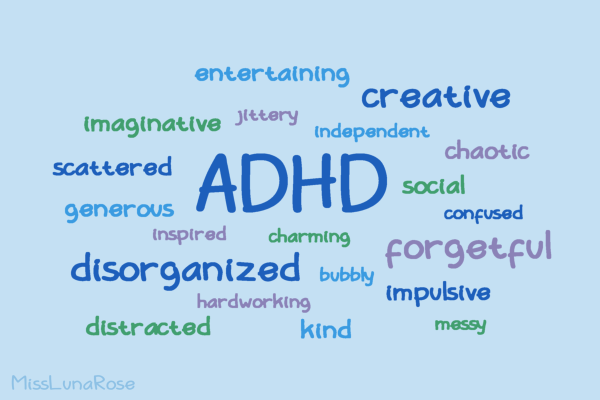A Necessary Exercise in Empathy
British author Malorie Blackman once said, “Reading is an exercise in empathy; an exercise in walking in someone else’s shoes for a while.” Books are a way to see life from another perspective, to learn things that you may not have otherwise. With this in mind, it should come as no surprise that diversity in literature plays a crucial role in developing a sense of empathy and acceptance towards others, especially for young children.
In the wake of George Floyd’s death in an act of senseless police brutality, many Americans are looking to pave a path to a better future for the younger generations. The Black Lives Matter movement has exposed the systemic racism that underlies so much of American society. As we look for ways to continue this momentum towards the development of an anti-racist country, literature has arisen as an essential tool.
As protests after Floyd’s death took place across the country, both fiction and non-fiction books about race and anti-racism soared to the top of national bestseller lists. From “How to Be an Antiracist” by Ibram X. Kendi to “I Know Why the Caged Bird Sings” by Maya Angelou, readers are eager to get their hands on these books. This popularity, late though it may be, represents the value literature holds in teaching essential lessons.
This trend should not be limited to the current moment. We all must continue to read widely and diversely. While we all may have our favorite authors or favorite genres, I assure you that if you remain limited in what you choose to read, you are doing yourself an immense disservice.
For children, literature plays an especially important role. It is imperative that schools see this as an opportunity to make meaningful changes to their curriculums, especially with regards to literature. The books that schools select for their courses dictate what narratives the children will be exposed to. These narratives are inherently imbued with the culture and life experiences of the authors. As a result, schools must make the mindful decision to include a diverse list of writers for all ages to read.
While many of us did not read every book we were assigned in school, having open discussions in classes about the work is sometimes even more important. The messages behind these valuable works are often timeless and need to be shared with younger generations in particular.
Perspective is a crucial aspect in amplifying diversity in literature. Educators should make an effort to prioritize narratives of racism from the perspective of the oppressed, rather than focusing on literature centered upon white savior tropes that often feature harmful stereotypes of Black or Native American characters.
Though many readers now are looking to educate themselves on the history of racism in the United States, diverse literature in school curriculums must go beyond simply including narratives of historic oppression. In an article for Harper’s Bazaar, writer Frankie Reddin urges readers to expand beyond Black literature focusing on racism or slavery. As Reddin highlights, this is a time to find joy in Black literature.
Schools must take Reddin’s message to heart. While, of course, novels like Richard Wright’s “Native Son” should continue to be included in these curriculums, I would also urge educators to dig deeper into the literature of Black authors, Indigenous authors and authors of color. All too often, these authors are seen as only capable of writing narratives of oppression or adversity. It is time for educators to step up and teach young readers to see the depth that these authors have to offer.
For example, when teaching students about science fiction, include Afrofuturistic works. Show these students that all cultures deserve to be explored and enjoyed in art and literature. Remind them that literature is not the field of any one ethnicity, gender, race or sexuality. Literature is for all of us, a tool for each of us to see beyond our own identities and experiences.
To echo Malorie Blackman once again, “I wanted to write books about black children where race had nothing to do with the story — just doing all the things white children did in stories I read as a child.” Children, especially, need to see themselves represented in what they read. For them to believe that anything is possible, sometimes the best way to teach them is through literature.
Kelly Christ, FCRH ’21, is an English and psychology major from Long Island, N.Y.
Columnist volume 101, Editorial Director and Opinion Editor volume 102











































































































































































































Angie Freshwater • Jul 9, 2020 at 5:54 pm
Right on! Schools should have started including literature by different minorities a long time ago. Whites are not the only culture that matters on this planet that matters, contrary to what some of them may think.